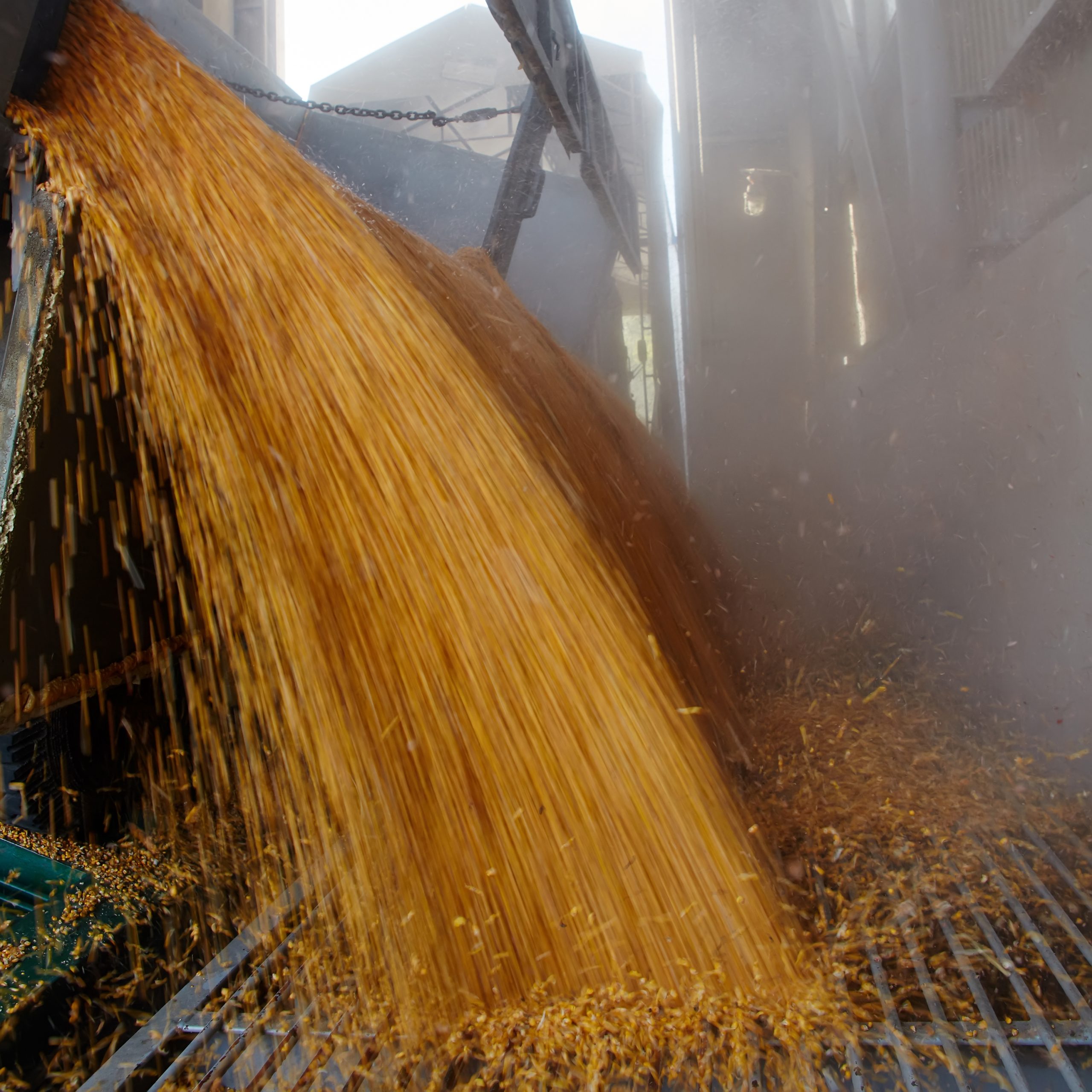What does the election of Donald Trump mean for the agricultural community in the current economic environment? Any specific prediction of what the incoming administration will do could be irrelevant within a week.
As an economist, I have no unique insight into selection of key cabinet posts or which policy positions are bargaining positions versus actual intentions. However, economic fundamentals can indicate what is at stake for the agricultural community.

Agricultural producers make more money when yields are higher, input prices are lower and output prices are higher. This income in turn benefits input providers, non-operating landowners, lenders, cooperative employees and many others with the agricultural community.
Crop producers are facing an extended period of low profit margins. Input prices have come down, but not enough to compensate for lower crop prices. Farm debt is higher than ever. Cattle prices have remained strong and are a bright spot in a weakening farm economy.
On top of daily risk and uncertainty from weather, markets and other sources, political risk is an ongoing reality. Relative to other regions, the High Plains region is characterized by higher drought risk and higher levels of cattle production. Policies related to insurance and disaster programs, trade and water are of special interest.
U.S. agriculture has benefited from huge increases in productivity and yields over the past decades. This accomplishment can be attributed to producers’ innovations and hard work, basic and applied research at universities and industry investment. Emerging research suggests that productivity may not be increasing fast enough, and there is broad consensus that continued productivity growth is important.
The dividends on public and private innovation are large but may not happen overnight. Policies that support or encourage private and public investments that improve agricultural productivity are critical for global stability as well as the competitiveness of U.S. agriculture.
Input prices have been a source of stress over the past few years. While high crop prices are often accompanied by high input prices, including during 2022, crop prices are now stagnant to declining. Input prices are directly influenced by the cost of raw materials and labor. The cost of raw materials and the cost of labor could be influenced by tariffs or immigration policies. Tariffs can benefit some industries while imposing higher costs on others.
Likewise, a decline in the labor force could increase the cost of labor. Interest rates are starting to come down and not forecast to further increase. Another factor is regulation, which has the potential to lower costs. More competition among input suppliers can lead to lower input prices. All these input cost drivers can be influenced by policy.
Demand-driven increases in output prices balance the tight profit margins that characterize commodity production. While many factors influence demand, trade and the Renewable Fuel Standard have played an outsized role.
Today, more than half of food grains and oilseeds are exported, and more than 20% of feed grains are exported. Likewise, growth in ethanol driven by the Renewable Fuel Standard has had a sustained positive impact on crop farm income. While there has been frustration with the rollout of policies supporting Sustainable Aviation Fuels, this is a potential market that could counteract long-term stagnating ethanol demand.
The agricultural community is no stranger to political risk. Monetary policy, trade policy and weak financial regulation jointly ignited the 1980s farm crisis. Without Market Facilitation Program payments in 2019, Kansas net farm income would have declined to its lowest level since 2002. These payments were authorized by the U.S. Department of Agriculture to mitigate the impacts of retaliatory tariffs during the first Trump administration.
As with any change of presidential administration, there will be uncertainty over the next few months. What is not uncertain is that much is at stake for the agricultural community. Policy outcomes can be influenced through engagement with local and national leaders and elected officials as well as representation provided by commodity and producer groups. Having a seat at the table in the incoming administration is as important as ever.
Jennifer Ifft is an associate professor and Extension specialist and Flinchbaugh Agricultural Policy chair at Kansas State University. Her expertise is in agricultural policy, crop insurance and non-traditional finance.




